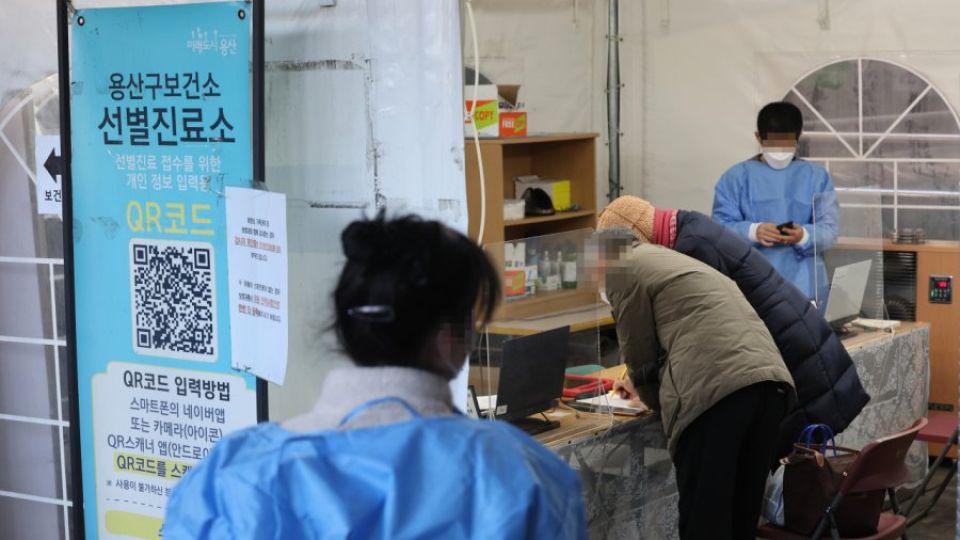December 22, 2022
SEOUL – Amid fears over a spike in COVID-19 cases in the winter, reinfections due to waning immunity are rising, and the detection rate for the omicron subvariant BN.1 surpassed 20 percent.
Wednesday’s total confirmed COVID-19 cases reached 88,172, including 69 cases from overseas, bringing the total to 28,390,646, according to the Korea Disease Control and Prevention Agency.
South Korea added 59 more deaths from COVID-19 as of Wednesday midnight, bringing the total to 31,549. The number of critically ill patients stood at 512, down seven from the previous day.
As woes over a virus resurgence during the winter season are escalating, Kim Sung-ho, head of the Interior Ministry’s disaster management office, said during the COVID-19 response meeting that the reproduction rate has been above 1 for nine weeks, and the spread of the virus is continuing throughout this week.
The reproduction rate of a virus is a measure of its transmission, or the number of new infections generated by each case. A reproduction rate of 1 means each infected person on average will infect one other person.
The country also saw a fourfold increase in the detection rate for the omicron subvariant BN.1, Kim said. The figure rose to 20.3 percent in the second week of December, compared to a detection rate of 5.7 percent in the third week of November.
“It’s necessary to keep a close eye on the quarantine situation. Indoor activities have increased due to the decrease in temperature, and personal contact has risen as year-end social gatherings are increasing,” Kim said during the COVID-19 response meeting.
Also, starting next year, the waste management criteria for other infectious diseases will be applied to COVID-19 medical waste used at hospitals and residential treatment centers, according to the Ministry of Environment.
The ministry said Wednesday that it is putting the final touches on discussing the special measures for waste safety management so that the disposal plan can go as scheduled on Jan. 1.
Currently, medical waste generated from COVID-19 is thrown out the same day. The waste can only be directly delivered to medical waste incinerators and disposed of in designated containers.
If the measures develop as planned, hospitals will be able to store COVID-19 medical waste for up to seven days and it could be temporarily stored at incinerators for two days. Medical waste can be thrown away within two days of use.
Meanwhile, health authorities are expected to announce plans to lift the indoor mask mandate on Friday, which could be implemented as early as January. Most pandemic-related restrictions have been lifted since May, but the masking scheme on public transportation and indoors remains in effect.
The government is considering removing indoor masking policies in the third week of January, although some exceptions will be applied to crowded places like public transportation as well as medical facilities.


